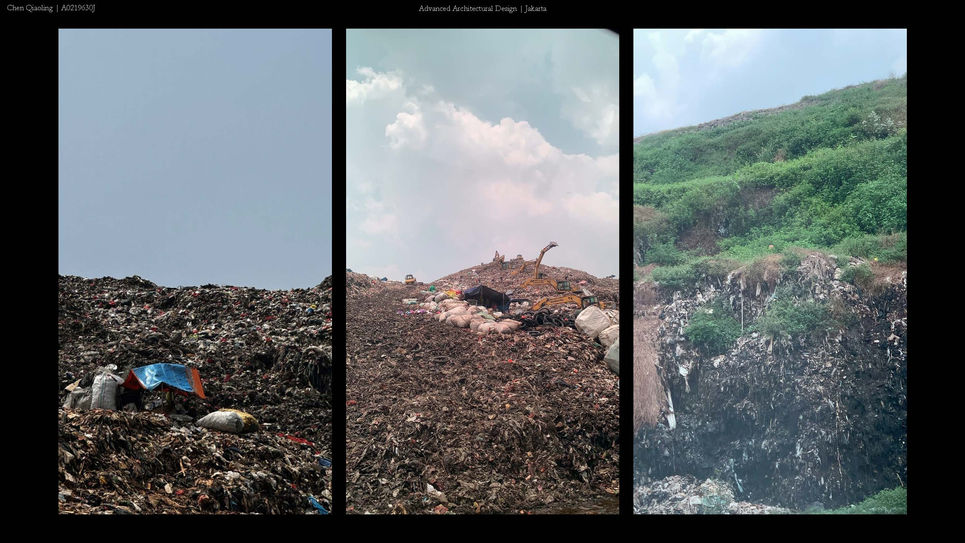Create Your First Project
Start adding your projects to your portfolio. Click on "Manage Projects" to get started
Castles in the Java Sea
- Project Description
In this changing geopolitical landscape, environmental changes such as rising sea levels, tidal patterns, coastal development works are chipping away at coastal environment, affecting urban & coastal
livelihoods, threatening the loss of local knowledge & cultural heritage as well as damaging marine ecosystems. Many past & present local cultures relate their faith & ritual behaviours to the environment's ecosystem they experienced. This questioned how much time, energy and resources we will need to spend trying to maintain life on land in the face of the unrelenting environmental change, and if there is an opportunity to preserve our local knowledge by creating a new ritual; a ‘pseudo-religion’ around nature regeneration to encourage long-term investment into ecosystem stewardship. In a possible polemic vision of our future landscape, how does architecture play a part in transforming socio- political/ socio-economic relations, reassuring community security and promote a new way of living in this changing geopolitical landscape?
Besides a range of issues such as political corruptions, social divisions, economical debts, the ground sinking at an alarming rate of 30cm per year & a disposal of 7000 tons per day of waste to Bantar Gebang led to the relocation of the capital of Indonesia from Jakarta to Nusantara. This also entails the shifting of the central government body, rhetorically implying a possible abandonment of the city in the hands of the poor as only the rich can afford to move to the new capital due to the elite connections. ‘Abandoning’ the city in a state of consumerism wasteland filled with trash; consumed by the rising sea water, the slum-dwellers are equipped with urban resilient, architectural and construction knowledge to resuscitate Jakarta. The existing different types of slums form a network to execute a blueprint of 3 phases to make Jakarta the capital again – Phase 1: Ruination, Phase 2: Rehabilitation, Phase 3: Resuscitation.
The thesis proposes a network of walls in Jakarta to adapt & embrace to the vulnerabilities and uncertainties of shifting environment (tidal patterns, floods and sea level rise), unlearning & relearning parts of our past & present cultural ecology to anchor a sense of belonging – stability, security, permanency – in the city. Learning from the positive aspects of its colonial past, the thesis adopts the castle typology, utilizing it to redistribute each slum type based on its local practices.
With its unique practices, the residents build & maintain their own unique type of walls made of localized materials. It hopes to relook the relationship between ritual, people & ecology by diving deep into past & present cultural ecology to present the emergence of eco-rituals to understand the significance & assemblage of ecosystem stewardship that could honour the existence & roles of slum dwellers in Jakarta.
National University of Singapore
Chen Qiaoling









